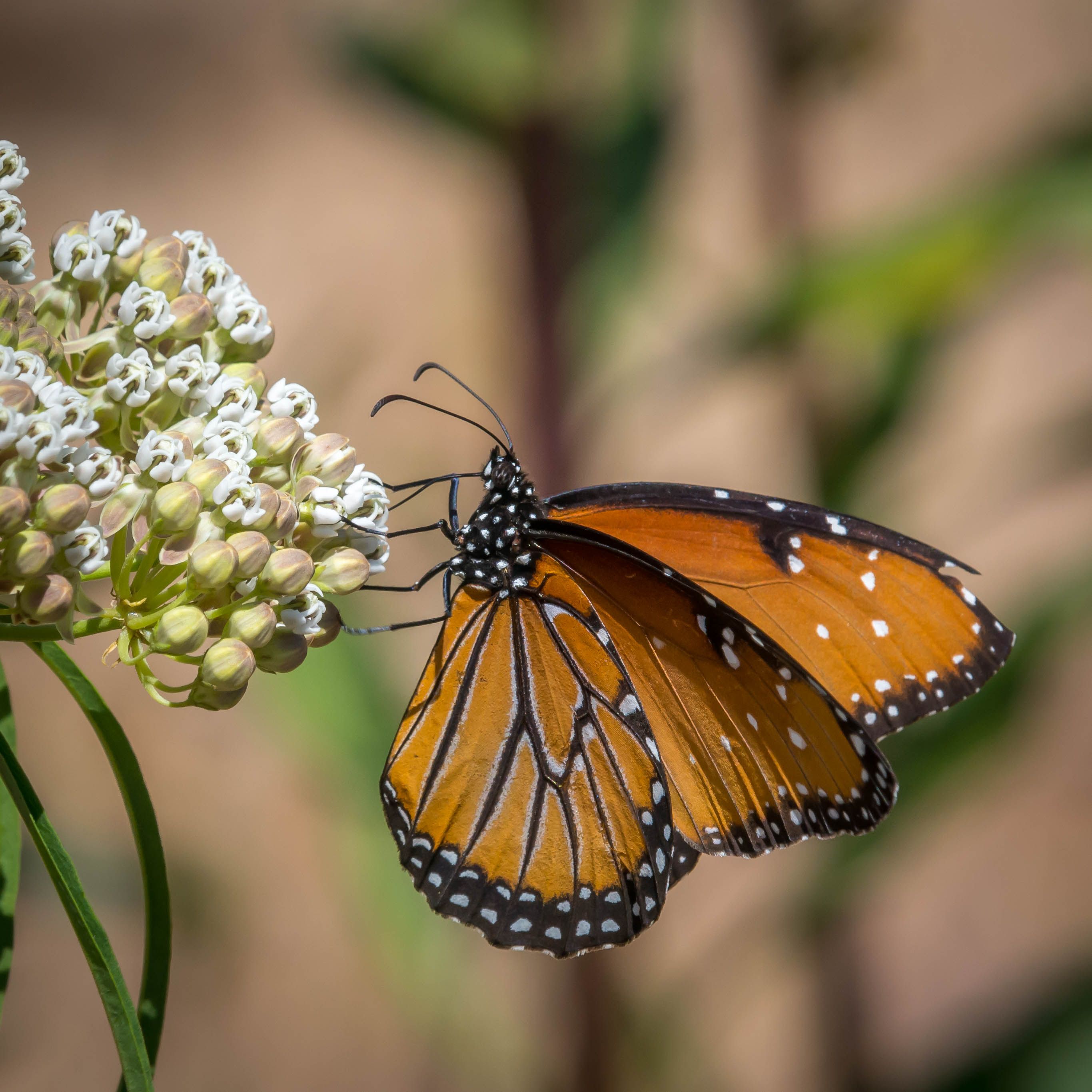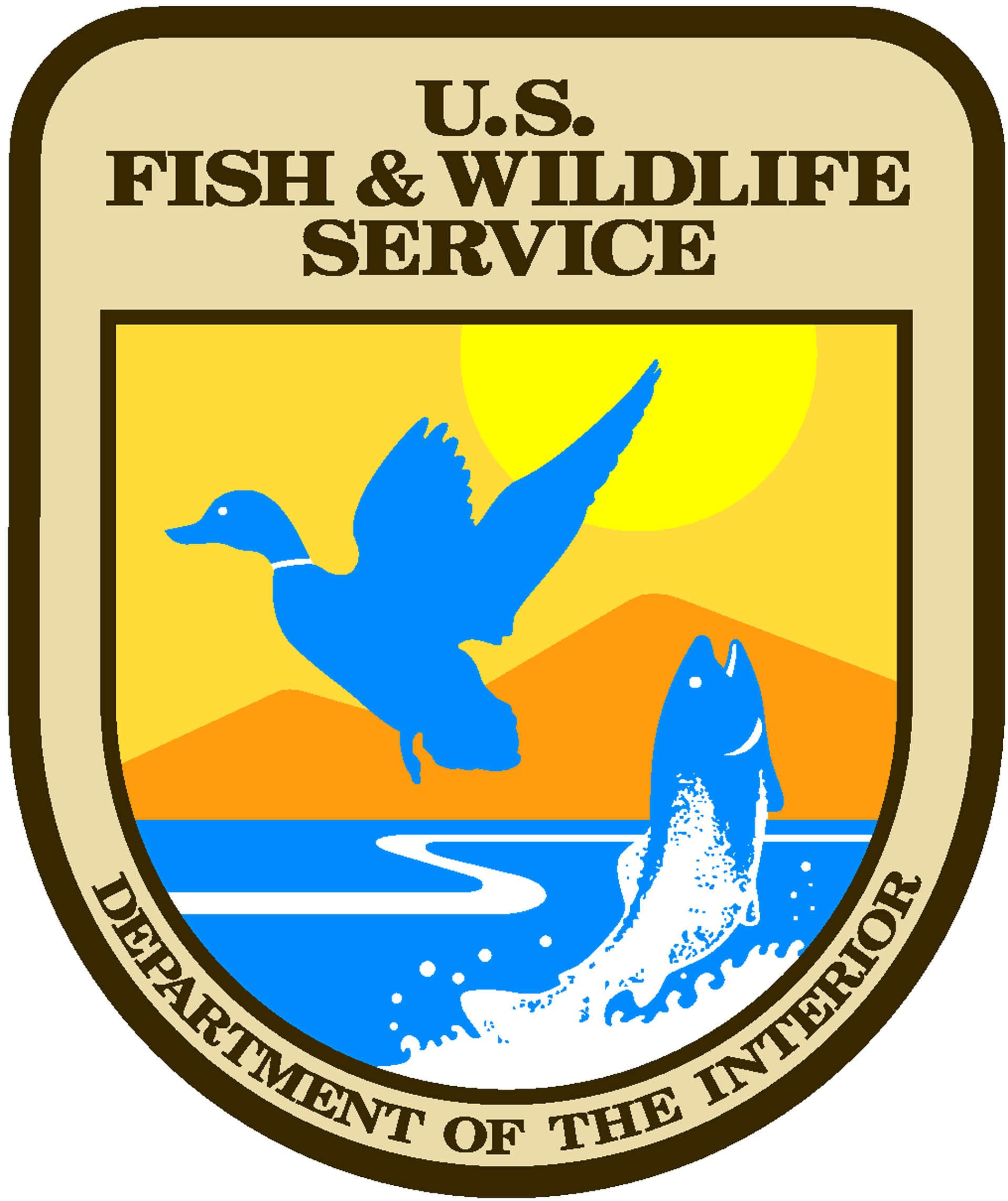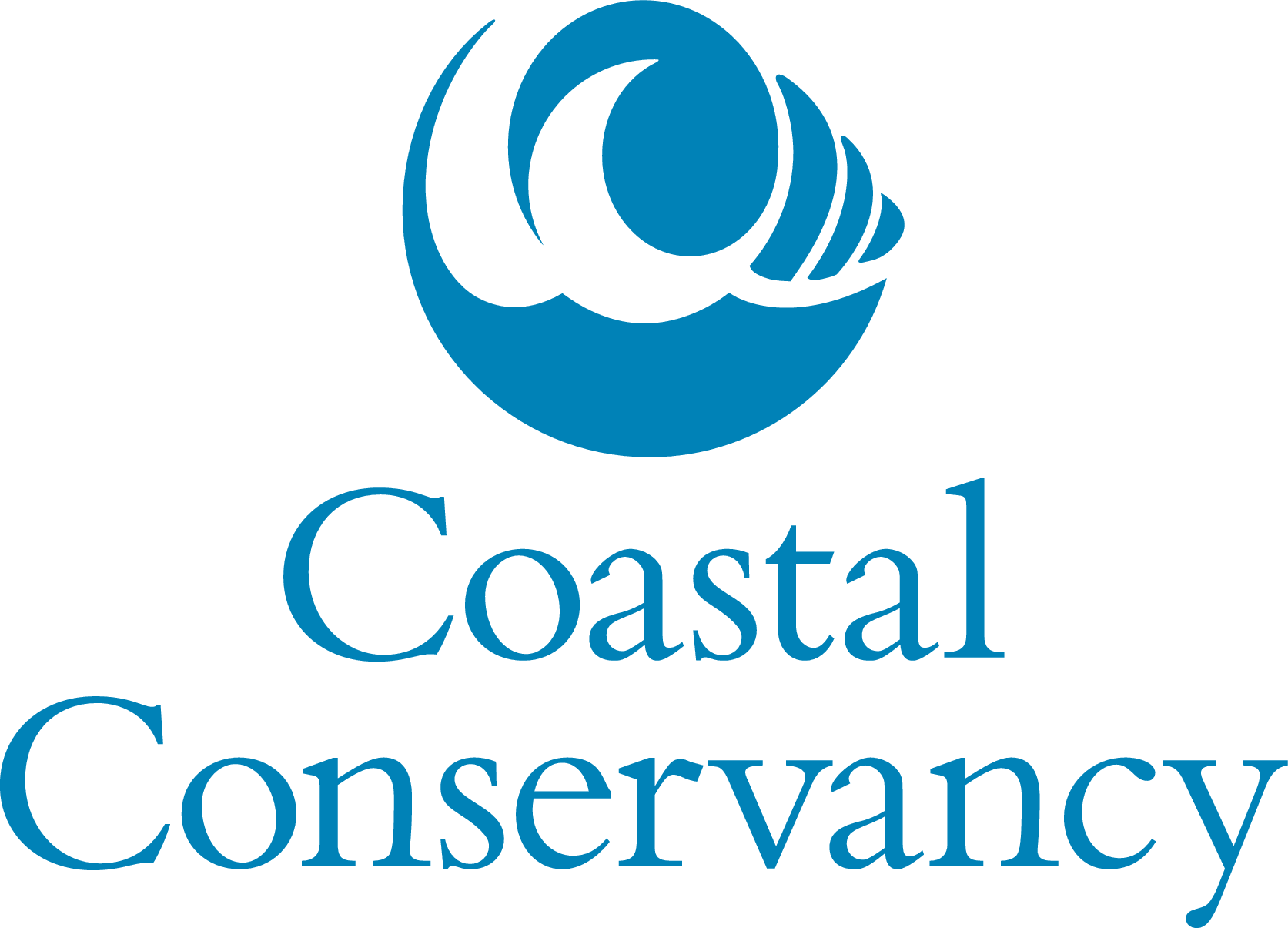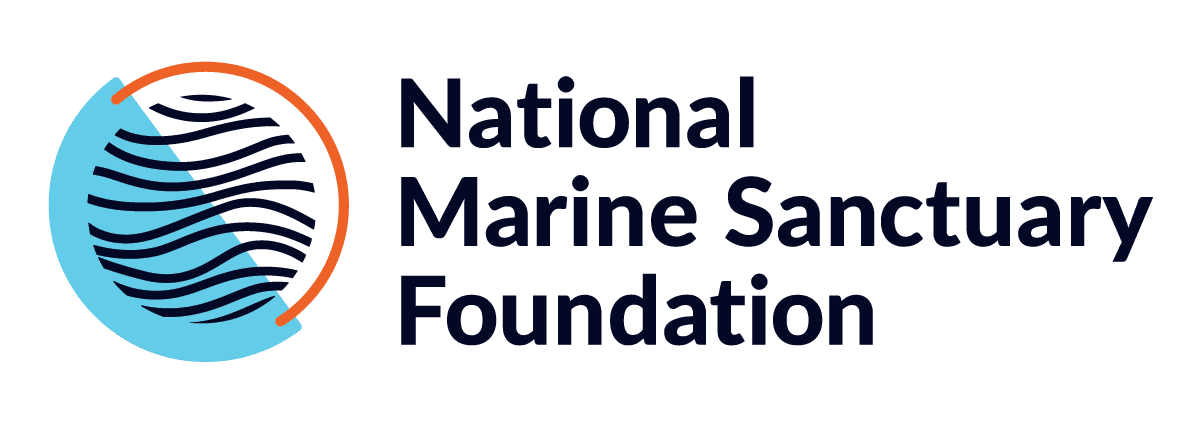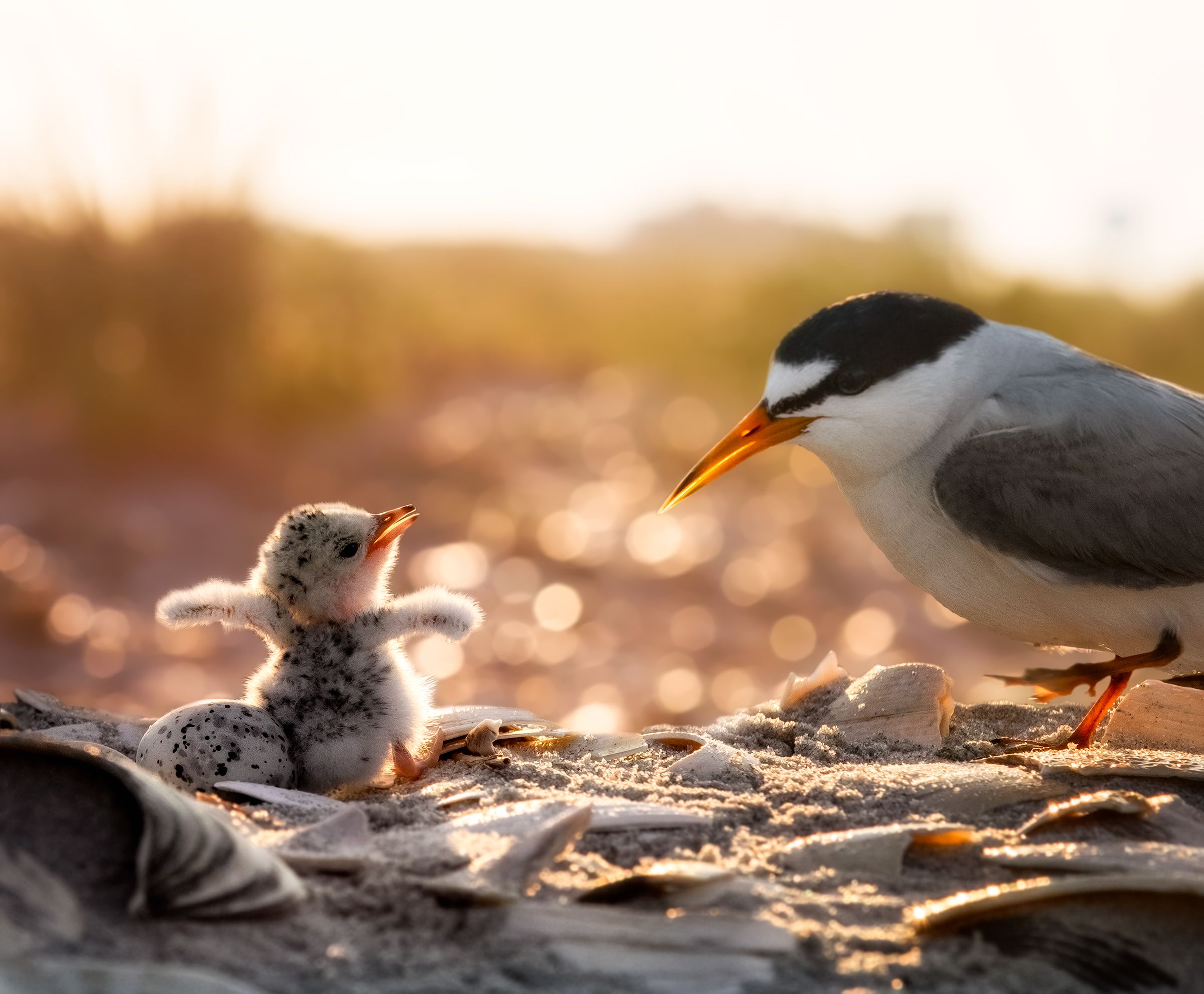
All this week we've been celebrating Endangered Species Day by highlighting local birds that benefit from federal Endangered Species Act (ESA) protections. Today's species is near and dear to our hearts at San Diego Bird Alliance – the California Least Tern.
At less than nine inches from beak to tail feather, the California Least Tern (Sterna antillarum browni) is the smallest species of tern. They also have the unfortunate distinction of being one of the first species officially listed under the Endangered Species Act in 1973.
As migratory seabirds, they spend their winters off the Pacific Coast of Central and South America, before migrating to the coasts of Baja and California in April in search of suitable nesting sites. Here, they rely on coastal dunes to nest–habitat that has become increasingly scarce along our developed coast. Much like the Western Snowy Plover, their ground nesting behavior puts their young at risk as humans continue to develop our coastlines and as unaware beach-goers unintentionally impact nests containing perfectly camouflaged eggs and chicks
San Diego Bird Alliance has been actively working to restore, protect, and advocate for California Least Tern nesting habitat in Mission Bay for several decades, removing thousands of pounds of non-native vegetation. The terns need nesting sites that look like coastal dune habitat, with mostly bare, sandy soil to camouflage their eggs. We also maintain fences, install interpretive signs, and educate local communities about the need to respect off-limits nesting areas. Every year over 1,000 volunteers help make this work possible.
Help this Bird: California Least Terns nest on sandy preserves in our county, and you can help by saying thanks to your elected officials for prioritizing space for these endangered seabirds. Keep an eye out for any ground-nesting birds when you visit coastal areas, and please let us know if you spot a Least Tern in a non-designated area. We're also working to protect eelgrass habitat along our coastline, which provides essential nursery habitat for the small fish that Least Terns need to feed their young.
Also, our San Diego City Councilmembers would appreciate hearing from you about your support for the city's Parks and Recreation Department in these final days ahead of the Fiscal Year 2026 budget rollout.
Join the Ternwatchers, volunteer monitoring program, where you can help these birds nest successfully every Summer. Contact our Volunteer Coordinator, Cassandra, cgonzalez@sandiegobirdalliance.org to find out about the next training!
Fun Fact: San Diego County supports the breeding population of California Least Tern at 12 sites, including the Tijuana Estuary, Sweetwater Marsh National Wildlife Refuge, Mission Bay, and along the banks of other coastal lagoons and estuaries.

